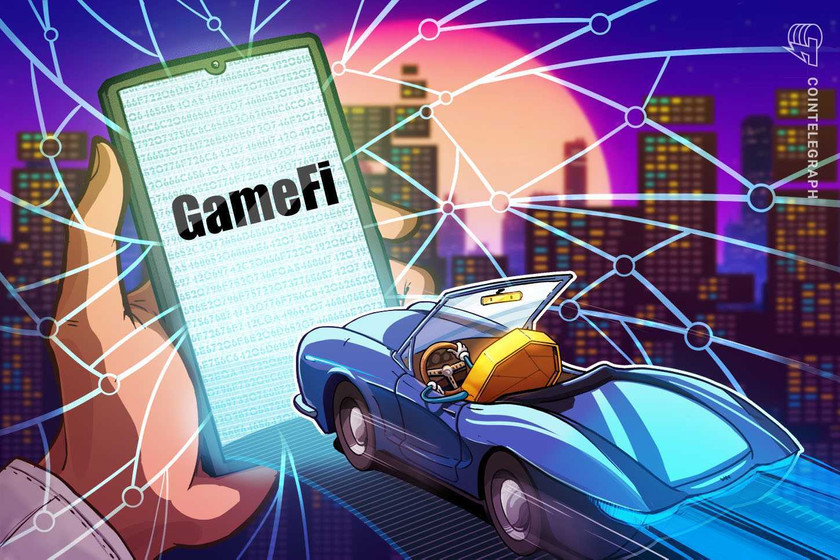
With Daniel Alegre on board, Yuga Labs is expected to ramp up its metaverse efforts. Previously, he held leadership positions at Google, Activision Blizzard, and Bertelsmann.
Yuga Labs, the company behind the Bored Ape Yacht Club (BAYC) and CryptoPunks NFT collections, has a new CEO: Daniel Alegre. The executive resigned as president and chief operating officer of the gaming giant company Activision Blizzard to join the NFT startup on April 1.
"Couldn't be more excited for this next chapter," he wrote on Twitter. Alegre was a key player in Activision Blizzard's growth in the past years, overseeing popular gaming franchises like Call of Duty, World of Warcraft, Diablo, and Candy Crush.
Today is my last day as President and COO of Activision Blizzard. Thank you to the incredible teams who create truly epic games. Tomorrow I officially start at CEO of Yuga Labs. Couldn't be more excited for this next chapter. pic.twitter.com/eo3RfIyz0q
— Daniel Alegre (@dalegre) March 31, 2023
The executive has been involved in the gaming, entertainment, and technology industries for many years. According to his LinkedIn profile, he worked for the German media conglomerate Bertelsmann for nearly six years before joining Google, where he served for more than 16 years in various leadership positions overseeing areas such as global shopping revenue, retail ecosystem engagement, as well as operations in Asia Pacific and Latin America.
Yuga Labs announced Alegre's arrival in December. In a press release at the time, the executive said “the company’s pipeline of products, partnerships, and IP represents a massive opportunity to define the metaverse."
The opportunities will also come with challenges. A class-action lawsuit filed in December in the United States accuses BAYC creators of misleading investors about financial benefits of Yuga securities, as well as using celebrity promoters to lure in more investors. Investors that bought BAYC and APE between April 23, 2021, and Dec. 8, 2022 may be entitled to compensation, claims Rosen Law Firm.
Aside from that, Yuga Labs co-founder Wylie Aronow took a leave of absence in January to prioritize his health following a congestive heart failure diagnosis. It's unclear when he will be able to resume his responsibilities.
Alegre's arrival has been considered a bold move in the NFT industry. Kieran Warwick, co-founder of blockchain role-playing game Illuvium, said that Yuga Labs’ new hire is “big for all of GameFi,” suggesting that Web3 gaming will spark the next crypto bull run.
Okay. I believe @yugalabs is going to make a good game now. This is big for all of GameFi.
— Kieran.eth ♊️ (@KieranWarwick) December 19, 2022
Every day more news comes out about new players from traditional gaming entering the space. DeFi 2.0 is cool. But gaming will be the narrative that kicks off the next run.
Magazine: 4 out of 10 NFT sales are fake: Learn to spot the signs of wash trading

















